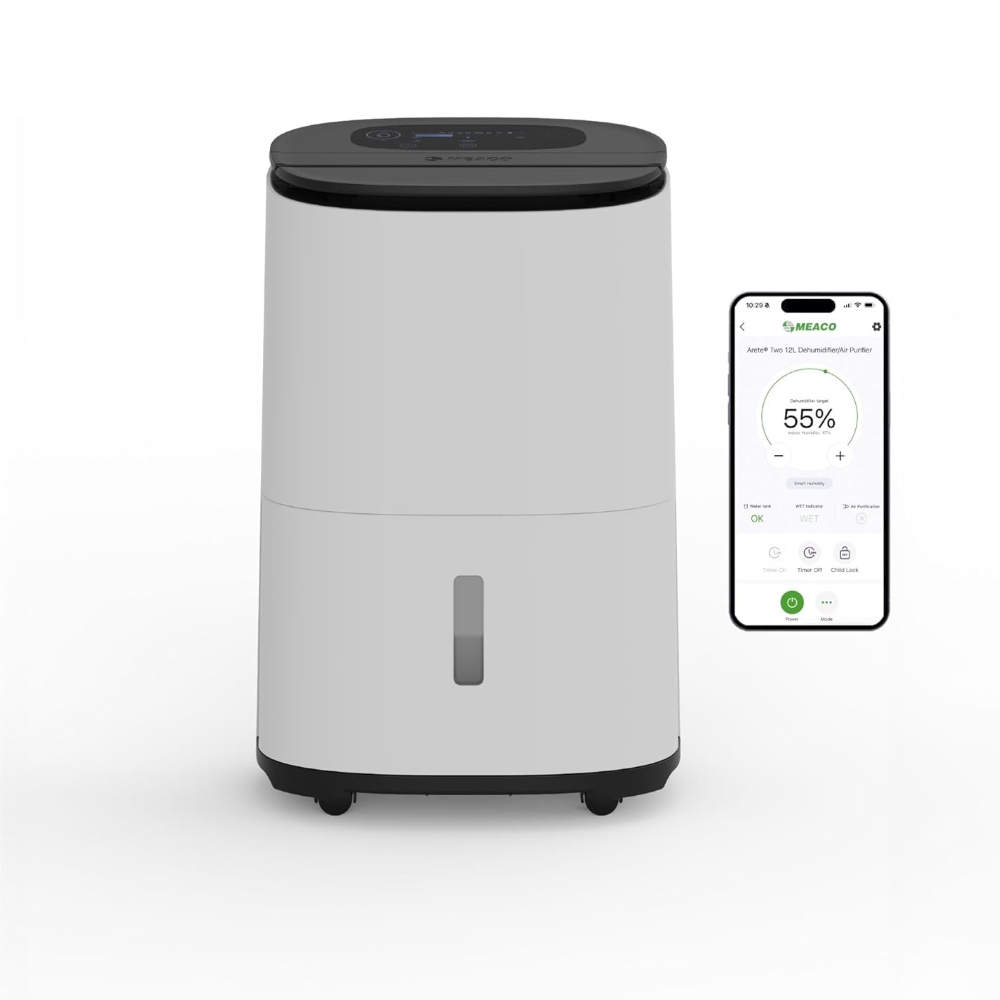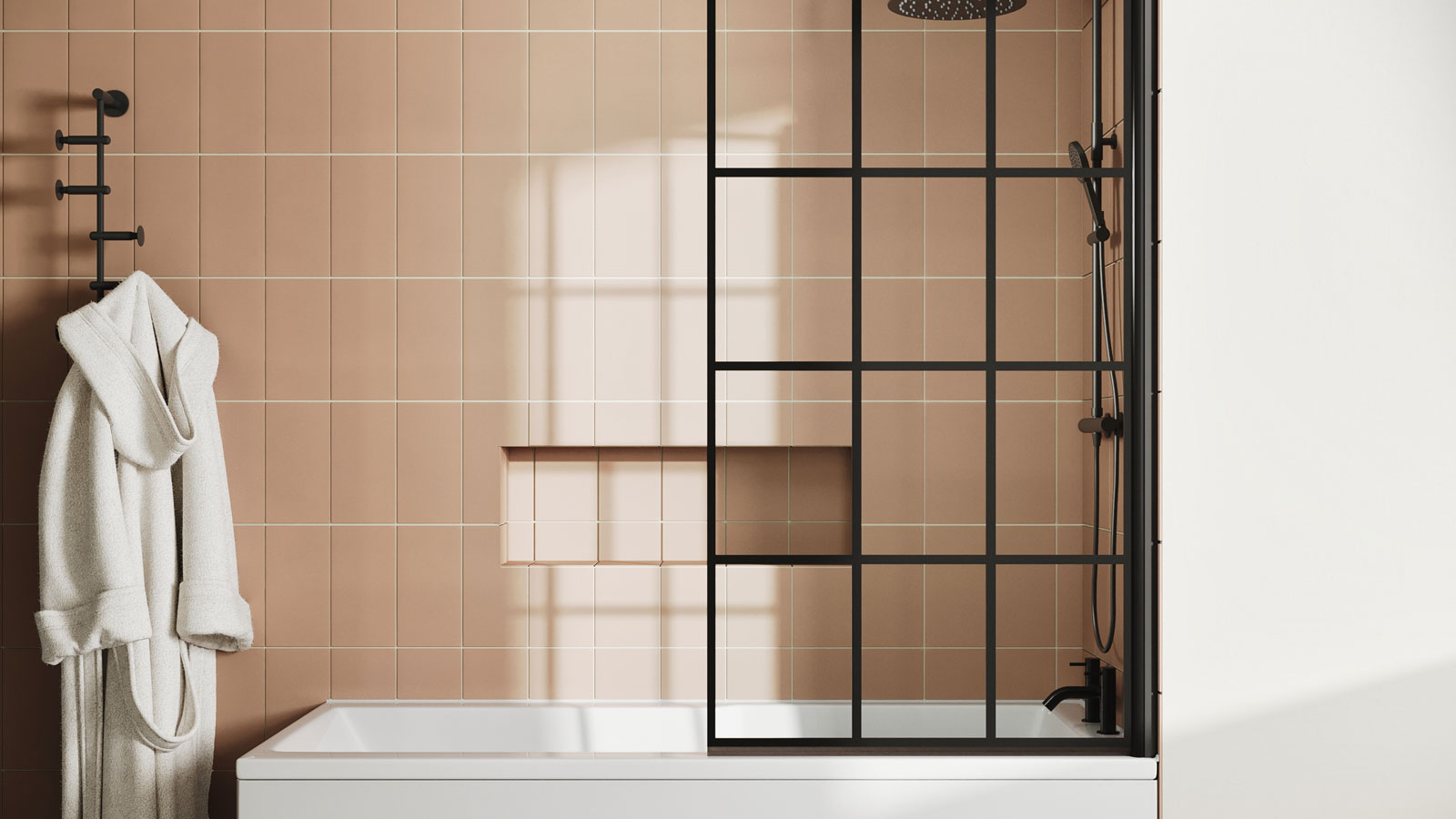Interstitial condensation: experts explain the signs, causes, and how to prevent it
Interstitial condensation can cause damage to your home without you even realising. We explain what it is and how to avoid it
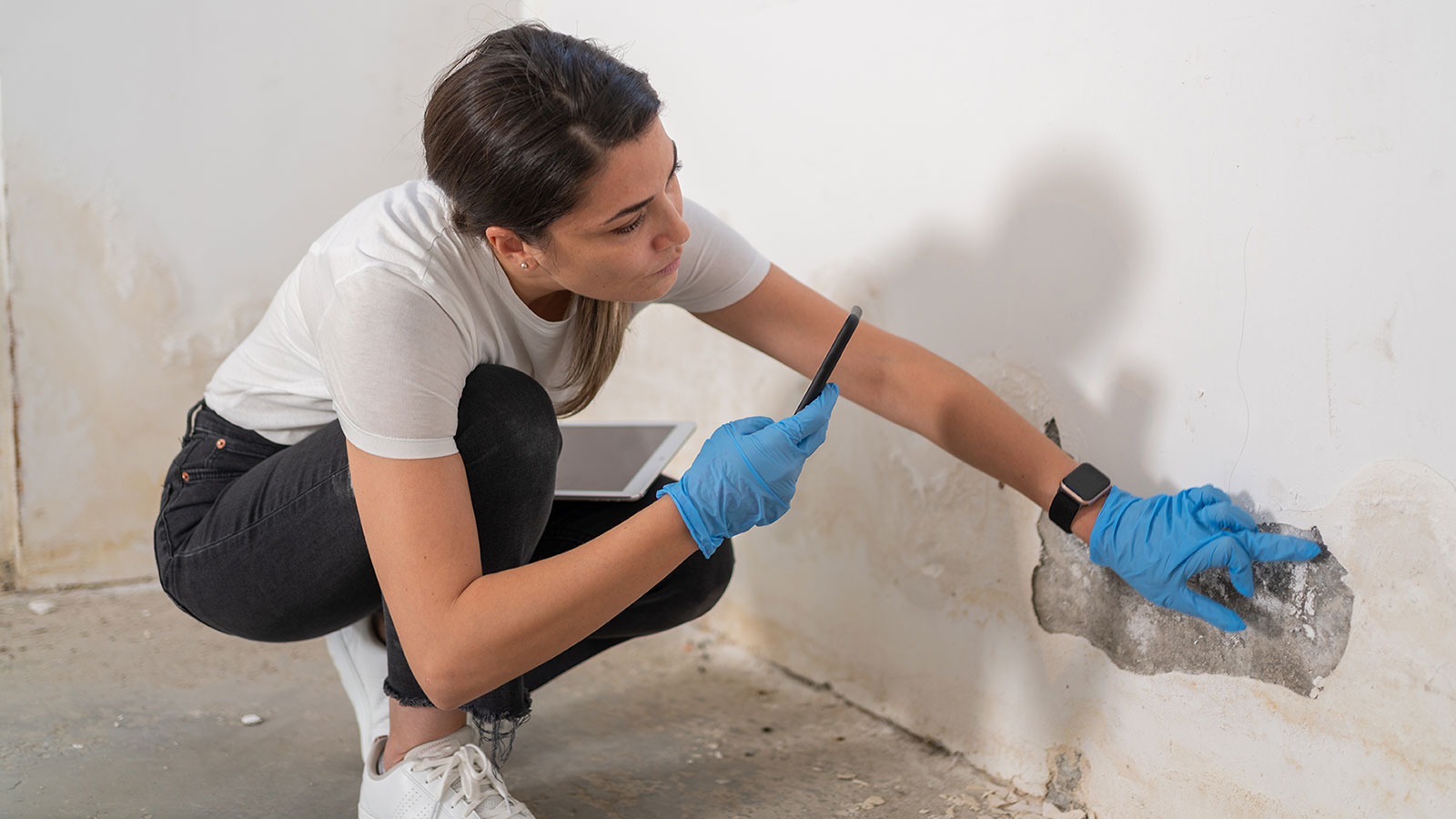
You might not have heard of interstitial condensation, but it's a common problem that affects many homes and, if left unchecked, can cause damage to the structure of your building.
What’s different about interstitial condensation compared to window condensation is that it often remains hidden from view, lurking unseen until it is too late to prevent costly issues.
In this guide, we explain what interstitial condensation is, how to spot it before it begins to cause problems for you, how to prevent it, and the ways in which you can put it right.
What is interstitial condensation?
Interstitial condensation is quite different from surface condensation, which is a much more obvious issue that causes droplets of water to appear on the surfaces of your home. Think of the condensation on your toilet cistern, mirror or windows – all of these are good examples.
“Surface condensation happens when the humidity in your home changes – such as when cooking or taking a shower," explains Ian Kernaghan, head of product, design and development at Eurocell.
"Interstitial condensation, on the other hand, penetrates deep into your walls, floors and roof and can seriously damage your property. It happens when warm air vapour travels through your walls or surfaces and cools down inside it, depositing moisture."
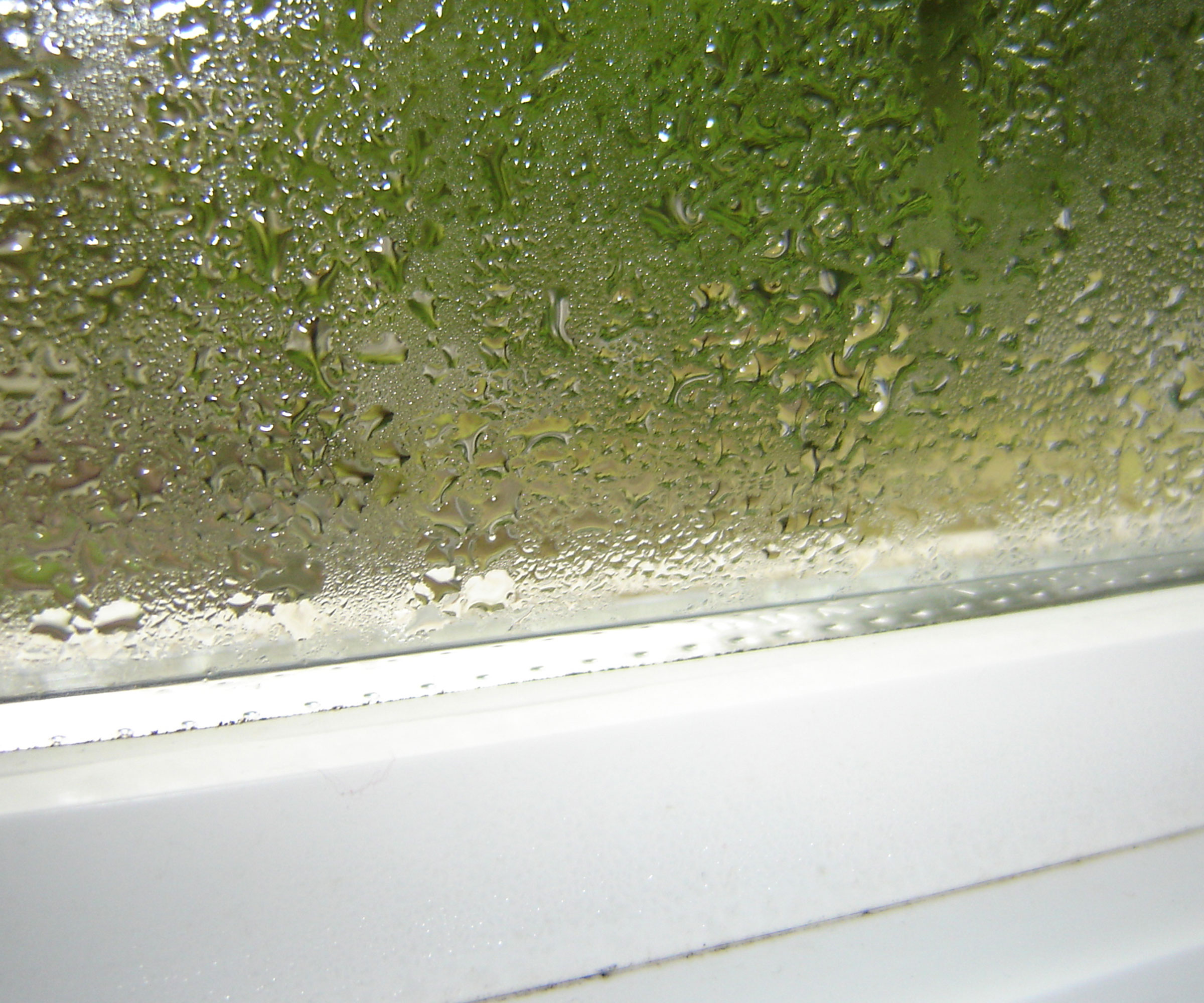

Ian Kernaghan is head of product, design and development at Eurocell and has been in the window industry for more than 35 years.
What causes interstitial condensation?
Let's begin by asking 'what is condensation?' In short, it is useful to know that condensation occurs when warm, moist air comes into contact with a surface that is colder than it is – such as the inside of a roof or the glass in a window. When the temperature of this air suddenly drops, it releases the water it is holding in the form of water droplets – or condensation.
Bring your dream home to life with expert advice, how to guides and design inspiration. Sign up for our newsletter and get two free tickets to a Homebuilding & Renovating Show near you.
"The word ‘interstitial’ means small places, so the condensation occurs in floors, walls and roof spaces, out of view," explains Ian Kernaghan. When warm, moist air within the house moves into a wall, floor or ceiling and condenses within it, this is interstitial condensation.
The causes of interstitial condensation are fairly similar to the causes of other types of condensation – too much humidity, poor ventilation, fluctuations in air temperature and inadequate insulation.
"Modern buildings, because of their increased airtightness efficiency, may be more prone to condensation, but being aware of it and ensuring proper ventilation means you can benefit from the better energy efficiency of modern building materials without risking moisture build-up," advises Ian.
Why is interstitial condensation a problem?
Just as with other types of condensation, there are several problems that can arise if interstitial condensation is not dealt with.
“This type of condensation can lead to structural damage, mould growth, staining and discolouration to your interior walls and even your furniture," warns Ian. "It can also lead to poor air quality which can exacerbate respiratory health conditions like asthma."
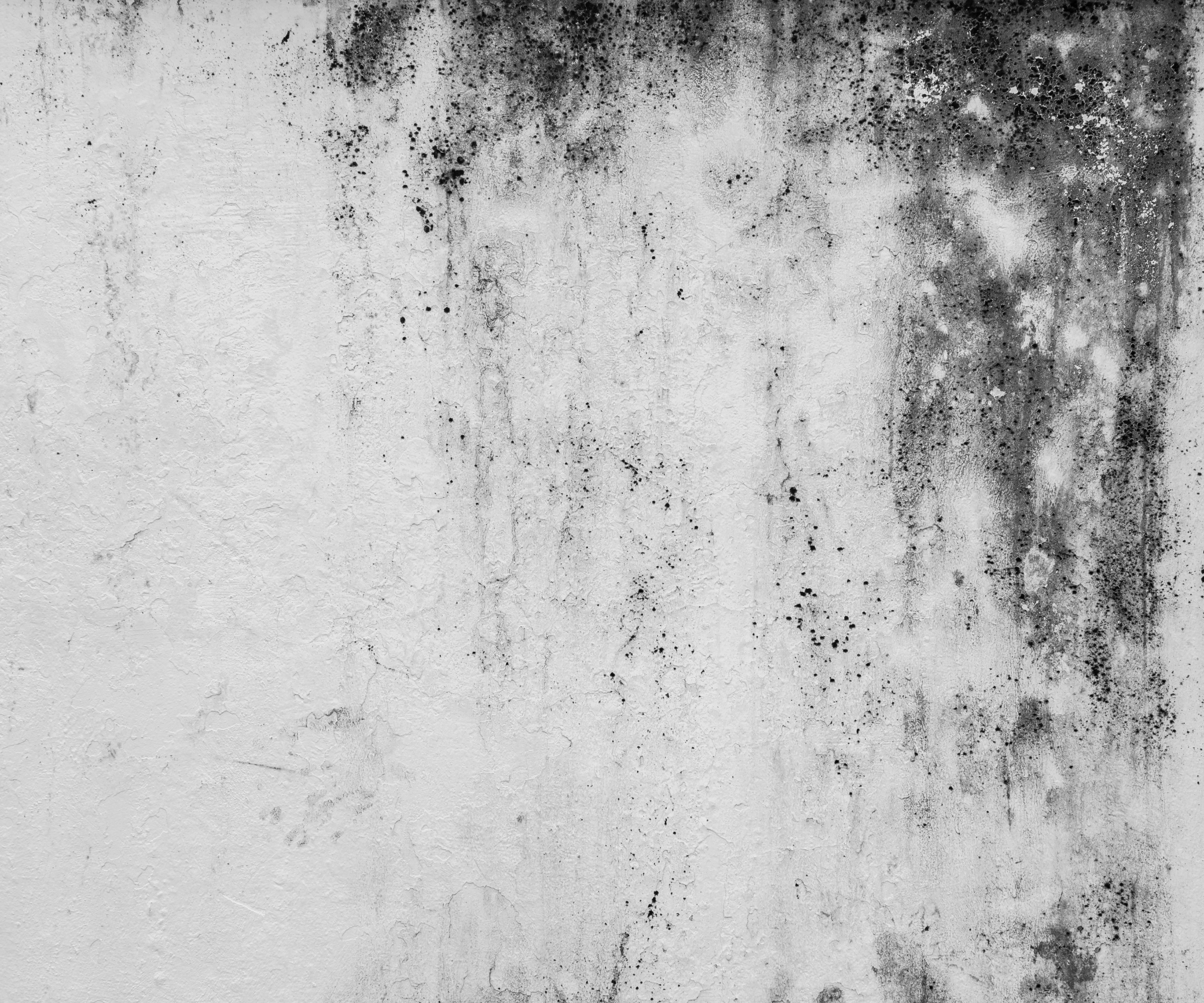
Signs of interstitial condensation
“Interstitial condensation, in particular, is difficult to diagnose because you can’t see it happening," says Ian. "Once you see the signs, the damage might already be done, which can result in costly repairs."
So just how can you tell if this is a problem affecting your home? Sadly, most of the signs to look out for will mean that some degree of damage has already been done.
Chris Michael, founder of Meaco, says to watch out for the following:
- Persistent high indoor humidity: "Rooms sitting above about 60% relative humidity create the conditions for moisture to move into walls."
- Condensation on cold walls or windows: "When warm, humid air meets cold surfaces, vapour turns to water and begins to migrate into the building fabric."
- Localised black mould in corners or behind furniture: "These cold, low airflow areas reach dew point first and show the early effects of moisture settling within the wall structure."
- Damaged areas of external masonry: This means that the water droplets have frozen, expanded and then caused the masonry to blow.
- Check for condensation in loft spaces: Increased surface condensation – usually on the underside of roof felt, ceilings and inside walls – can also hint at a deeper problem.
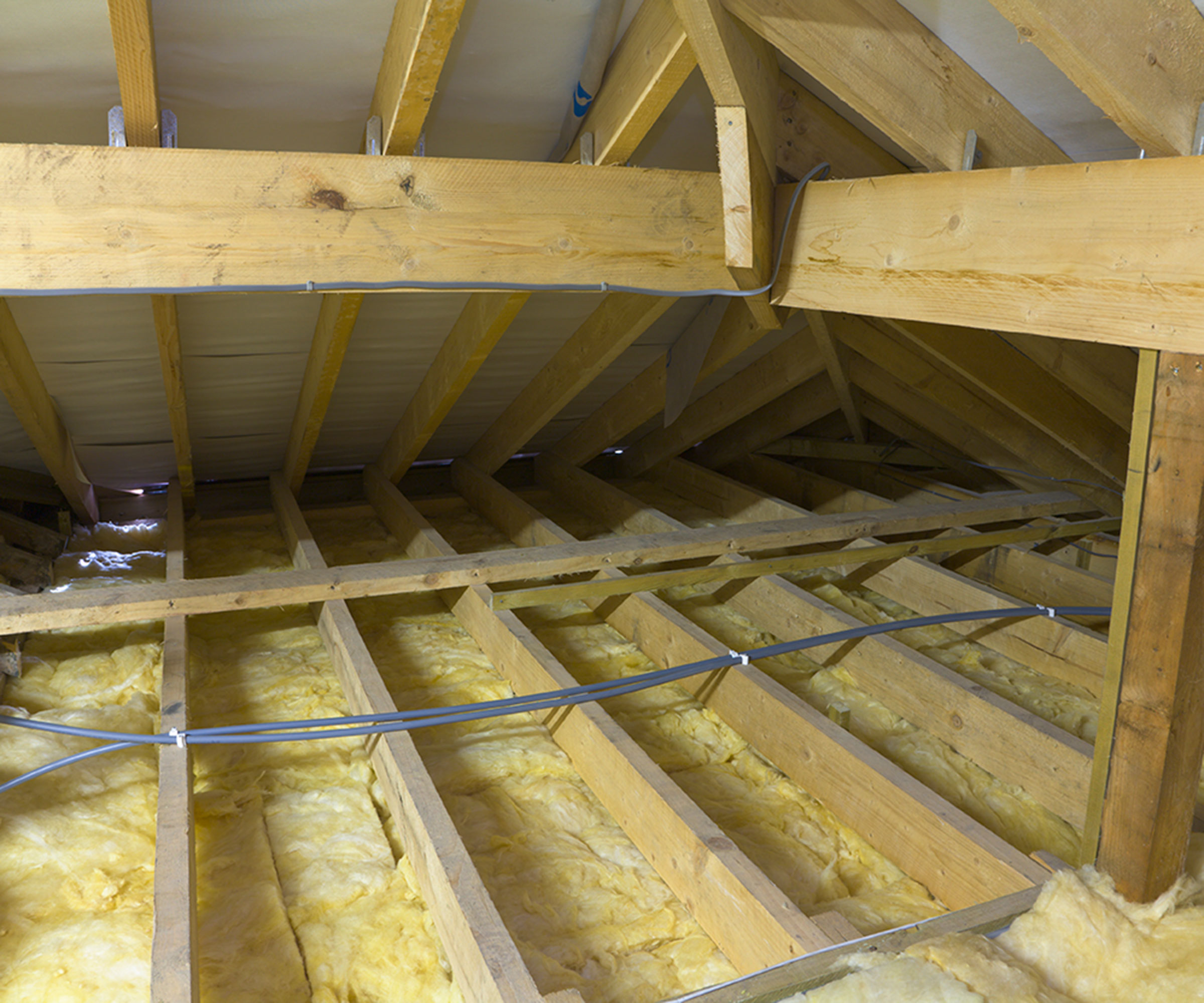

Chris and his partner Michelle started Meaco in 1991. Meaco is now regarded internationally as a major player in the dehumidifier industry selling to 20+ countries throughout Europe, North America and South Africa. Meaco sets the benchmark for quality and development in its sector, leading by example and reducing the energy consumption of its appliances.
How to prevent interstitial condensation
Thankfully, there are several steps you can take to prevent interstitial condensation in your home. If you can take measures to stop the problem from ever occurring, you will certainly avoid costly repairs later down the line.
"To prevent it, you need to control the moisture levels in your home," explains Ian. "You can install vapour barriers to stop moisture from reaching cold surfaces inside your walls or roof and ensure all parts of the building are well-ventilated.”
You can also use similar preventative measures to those used to deal with surface condensation, such as ensuring good ventilation and keeping the temperature within your home stable. If you are struggling to regulate the humidity in your home, it will be well worth investing in one of the best dehumidifiers you can get your hands on.
What causes condensation on the inside of roof felt?
Many people become very concerned when they find that the underside of their roof felt is wet, but the causes of this are generally the same as for any other kind of surface condensation.
Condensation in roof spaces occurs in cases where there is either too much warm air travelling upwards from living spaces, or when there is poor roofing ventilation in place. Again, this tends to be more common a problem in modern houses, with better thermal performance as the roof spaces are usually colder.
In most cases this is only a temporary issue and will resolve itself once the weather warms up, but if it is allowed to build up, it could potentially cause structural damage to the roof.
Once again, good ventilation is key to preventing the issue. Ensuring the ceiling is well sealed is also important as it will mean the warm air won't be able to get up there in the first place – insulating your loft hatch and checking seals around light fittings can help.
In short, the main culprits behind interstitial condensation are excess humidity, poor ventilation and insulation, and air temperature fluctuations. Now that you know the causes and how to identify the signs, you’ll have a better chance of preventing it from happening in your home.
For more tips on battling condensation, read our guide on how to reduce humidity in a house and these five condensation hacks we put to the test.
Natasha was Homebuilding & Renovating’s Associate Content Editor and was a member of the Homebuilding team for over two decades. In her role on Homebuilding & Renovating she imparted her knowledge on a wide range of renovation topics, from window condensation to renovating bathrooms, to removing walls and adding an extension. She continues to write for Homebuilding on these topics, and more. An experienced journalist and renovation expert, she also writes for a number of other homes titles, including Homes & Gardens and Ideal Homes. Over the years Natasha has renovated and carried out a side extension to a Victorian terrace. She is currently living in the rural Edwardian cottage she renovated and extended on a largely DIY basis, living on site for the duration of the project.
- Megan MilsteadContent Editor
